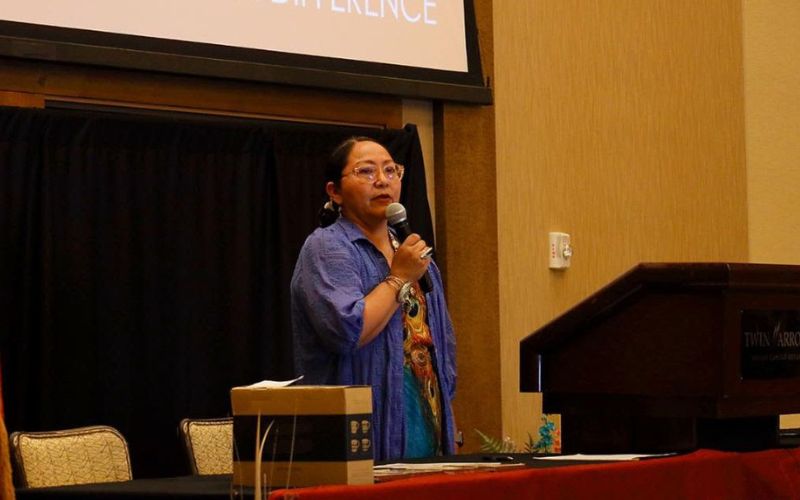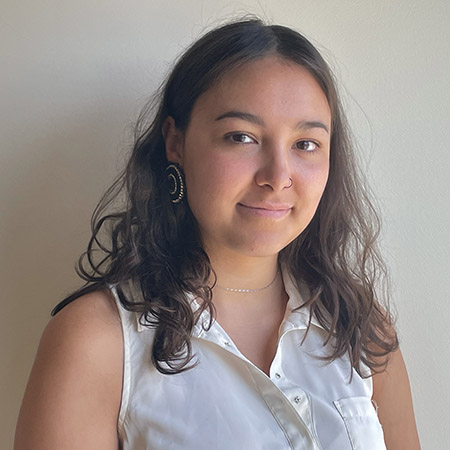
- Details
- By Neely Bardwell
In an effort to improve Native voter turnout, the Navajo Nation Council passed emergency legislation in March to move its tribal primary election from August to July, matching the state of Arizona’s voting schedule. The move was in response to an Arizona bill changing the state’s primary election date to July 30.
The coordination between the Navajo Nation and the state of Arizona is considered a win for Navajo citizens who often have to drive long distances—sometimes hours—to vote over poor roads. Instead of making two trips to vote, they will now only have to make one.
The Navajo Nation Council hopes that this change will increase voter turnout. In 2020, Native Americans voted in historical numbers, and the Navajo Nation reported turnout rates as high as 90%.
“Sometimes our rights are complicated with challenges,” said Council Delegate Shawna Ann Claw at Tuesday’s coalition. “Our elders laid the foundation to ensure our right to vote. Our vote can create change within our communities and nationally. Yet, on the Navajo Nation, we face obstacles in rural addressing, accessibility of polling locations, Navajo translation, and the redistricting of voter boundaries. Our people constantly overcome obstacles and disparities to show up at the polls. Let’s continue to instill hope and motivation for our people to vote.”
Council Delegate Dr. Andy Nez underscored the gravity of the Native vote.
“Navajo voters possess so much power that we must ensure our presence is known this election season,” Nez told attendees. “It’s important for our Navajo Nation and our respective states, like Arizona, this primary and general election.”
Coconino County District 5 Supervisor Lena Fowler pressed the need to spread the word about the updated primary date to ensure optimal voter turnout.
“People are still under the impression that the Navajo primary date hasn’t changed. We need to keep the word out there,” Fowler said. “Additionally, in this year’s general election, we will have many voter decisions that state legislators have added. We need to get education out to our voters on these initiatives.”
More Stories Like This
Native News Weekly (August 25, 2024): D.C. BriefsUS Presidents in Their Own Words Concerning American Indians
Flanagan Calls ICE Agents ‘out of control’ after Woman Killed in Minneapolis
American Indigenous Tourism Association Announces New Board Members
Deb Haaland Talks Youth, Jobs and Opportunity in Governor Bid
Help us defend tribal sovereignty.
At Native News Online, our mission is rooted in telling the stories that strengthen sovereignty and uplift Indigenous voices — not just at year’s end, but every single day.
Because of your generosity last year, we were able to keep our reporters on the ground in tribal communities, at national gatherings and in the halls of Congress — covering the issues that matter most to Indian Country: sovereignty, culture, education, health and economic opportunity.
That support sustained us through a tough year in 2025. Now, as we look to the year ahead, we need your help right now to ensure warrior journalism remains strong — reporting that defends tribal sovereignty, amplifies Native truth, and holds power accountable.
 The stakes couldn't be higher. Your support keeps Native voices heard, Native stories told and Native sovereignty defended.
The stakes couldn't be higher. Your support keeps Native voices heard, Native stories told and Native sovereignty defended.
Stand with Warrior Journalism today.
Levi Rickert (Potawatomi), Editor & Publisher


